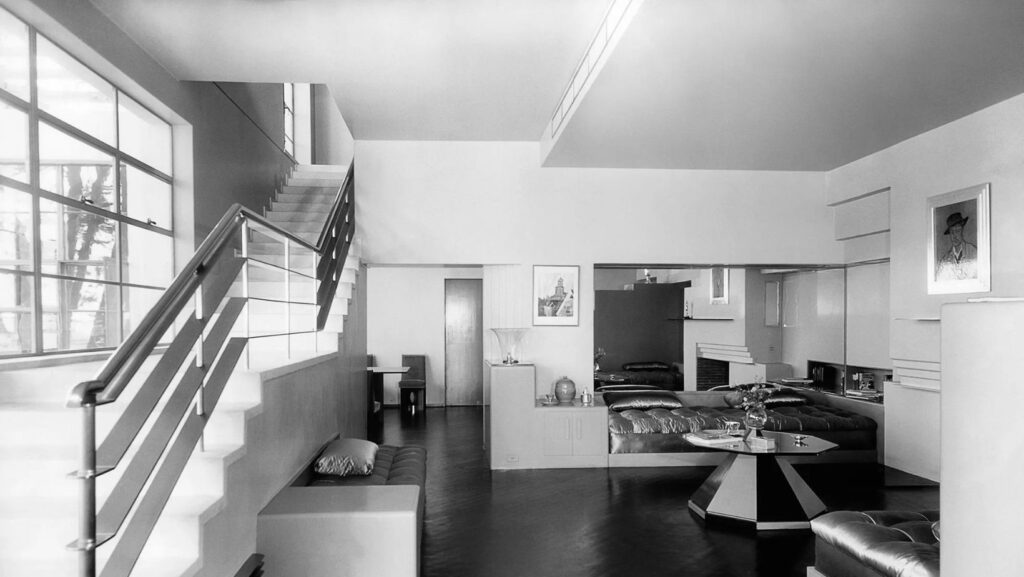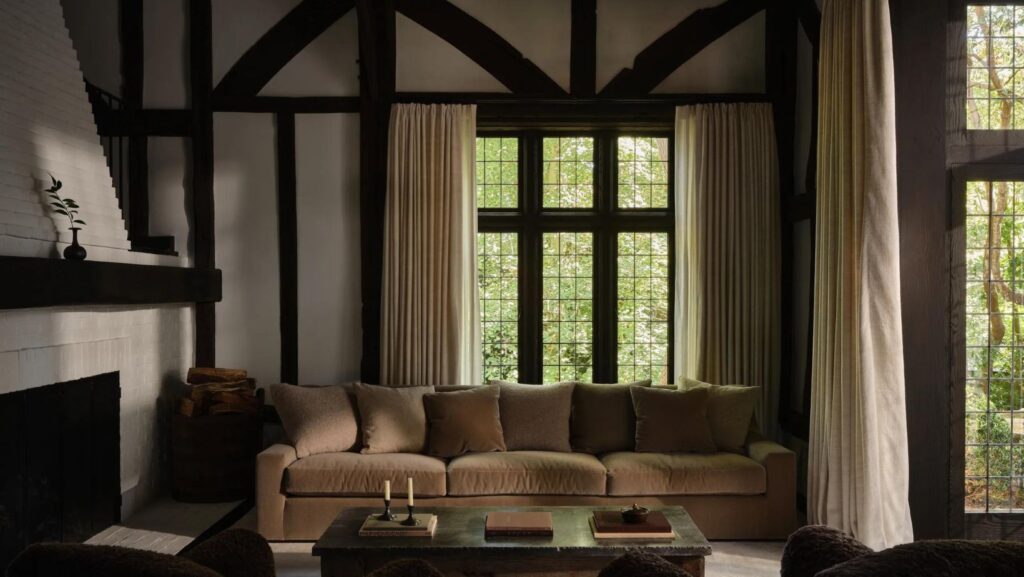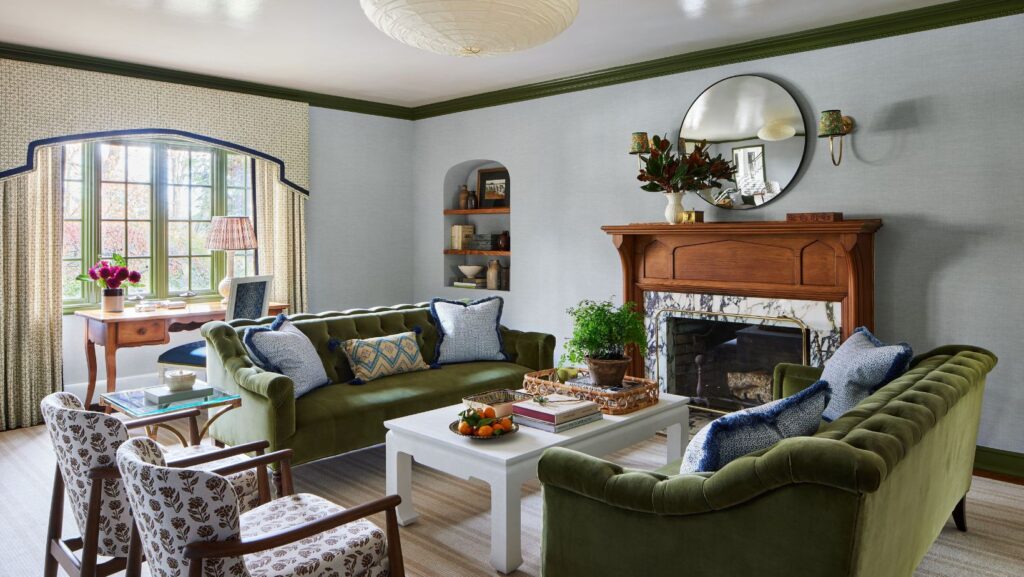1930s Interior Design
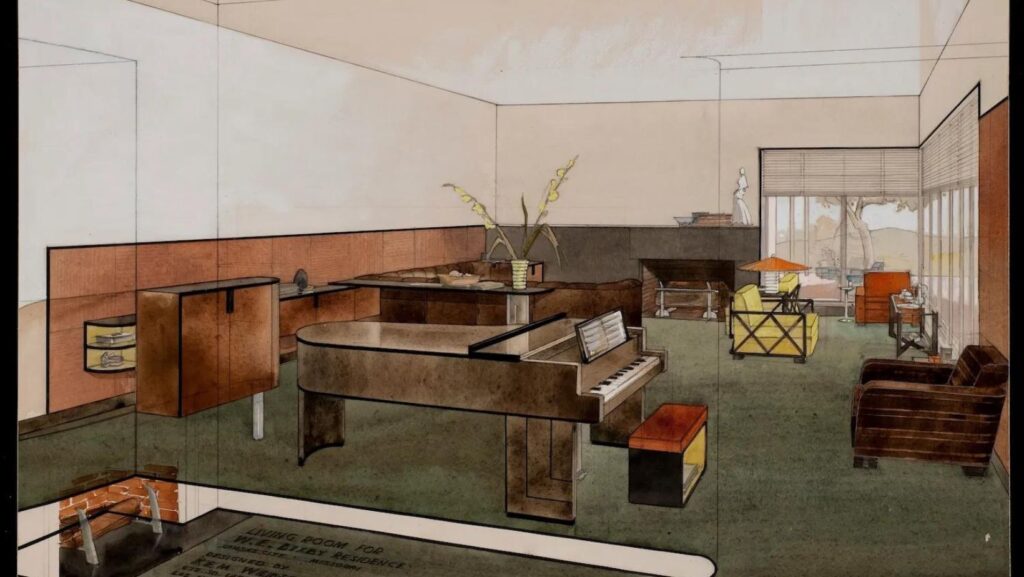
Stepping into the world of 1930s interior design is like opening a time capsule to a unique era of style and sophistication.
The 1930s interior design marked a significant shift in design aesthetics, blending Art Deco influences with the onset of modernism. It’s a period where elegance met functionality, resulting in spaces that exuded glamour and practicality in equal measure.
Exploring the design elements of the 1930s interior design offers a glimpse into a time when bold geometric patterns, sleek lines, and luxurious materials reigned supreme. From the opulent Hollywood Regency style to the streamlined simplicity of Bauhaus-inspired interiors, the 1930s encompassed a diverse range of design movements that continue to influence contemporary decor trends. Join me as we delve into the captivating world of 1930s interior design and uncover the timeless allure of this golden age of decorating.
Defining 1930s Interior Design
Key Characteristics
In the realm of 1930s interior design, elegance met functionality, creating spaces that exuded both glamour and practicality. Bold geometric patterns, sleek lines, and luxurious materials were key elements of this distinct era. Influenced by Art Deco and modernism, the 1930s style showcased a fusion of Hollywood Regency and Bauhaus inspirations, resulting in a diverse range of design influences. The era’s interiors typically featured streamlined furniture, mirrored surfaces, and a mix of eclectic art pieces, reflecting the sophistication and luxury of the time.
Popular Colors and Patterns
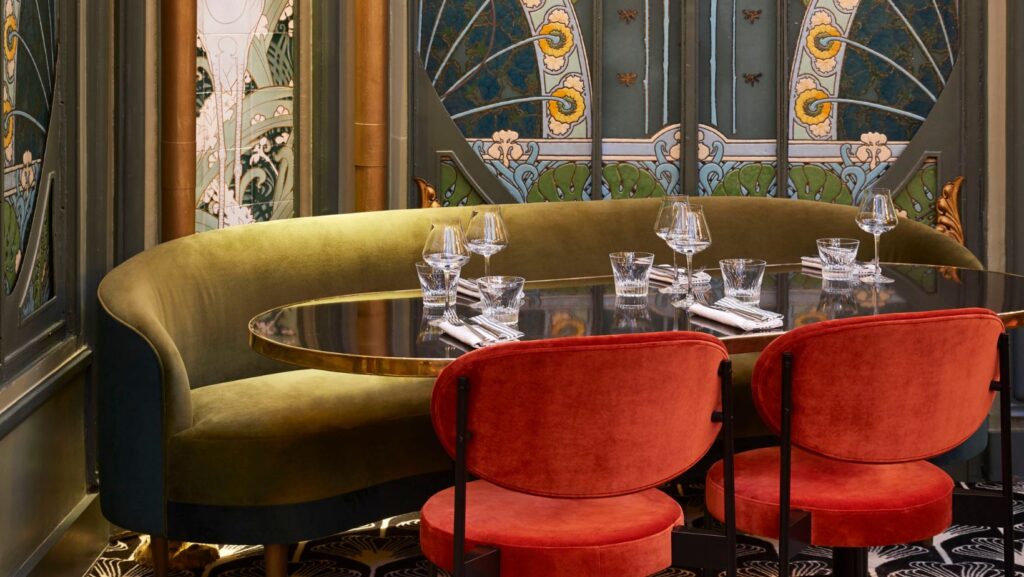
The color palette of 1930s interior design was characterized by a blend of vibrant hues and neutral tones. Popular colors included rich jewel tones like emerald green, sapphire blue, and ruby red, paired with softer shades such as dusty pink and mint green. Patterns played a significant role in 1930s decor, with geometric motifs, chevron prints, and floral patterns being prevalent. These patterns added depth and visual interest to interiors, complementing the sleek lines and luxurious textures that defined the era’s design aesthetic.
Influential Designers of the 1930s
The Impact of Art Deco
In the realm of 1930s interior design, Art Deco reigned supreme, influencing prominent designers like Dorothy Draper. Known for her bold use of color and dramatic patterns, Draper revolutionized the industry by infusing spaces with vibrant energy and opulence. Her distinctive style combined modern elements with traditional touches, creating impactful and visually striking environments that captivated clients and critics alike.
Embracing the spirit of the Art Deco movement, I can’t overlook the contribution of Jean-Michel Frank to the design landscape of the 1930s. Renowned for his minimalist approach and luxurious aesthetic, Frank’s work epitomized understated elegance and sophistication. By focusing on simplicity, quality craftsmanship, and refined materials, he elevated interiors to new heights of sophistication, setting a benchmark for timeless glamour in design.
Other Notable Design Movements
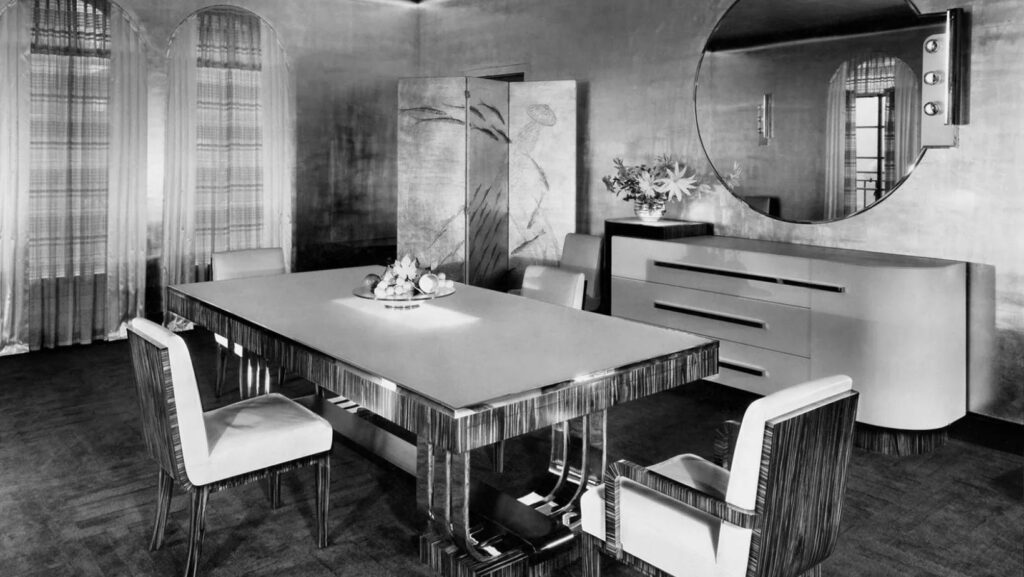
While Art Deco dominated the 1930s design scene, other notable movements emerged during this era, shaping the artistic landscape. The influence of the Bauhaus School cannot be underestimated, with designers like Marcel Breuer making significant strides in furniture design. Breuer’s innovative use of tubular steel and focus on functionality revolutionized the industry, paving the way for modernist design principles that continue to resonate today.
Additionally, the impact of Hollywood Regency style cannot be ignored when discussing 1930s interior design. Influenced by the golden age of cinema, this glamorous aesthetic blended luxury and comfort, with designers like William “Billy” Haines creating sumptuous interiors for Hollywood elite. Characterized by lush fabrics, metallic accents, and a sense of drama, Hollywood Regency brought a touch of silver-screen allure to homes, leaving a lasting legacy in the world of design.
Exploring 1930s interior design reveals a captivating blend of elegance and functionality, shaped by influential styles like Art Deco and Bauhaus. The era’s emphasis on bold geometric patterns, sleek lines, and luxurious materials like lacquered wood continues to inspire modern design trends. By incorporating textures and a mix of materials, designers of that time created timeless pieces that still resonate today. Preserving the authenticity of 1930s decor while integrating contemporary elements such as smart technology and sustainable materials allows for a seamless fusion of past and present in interior design. Embracing the charm of 1930s-inspired interiors offers a unique opportunity to create spaces that honor the past while embracing the future.

